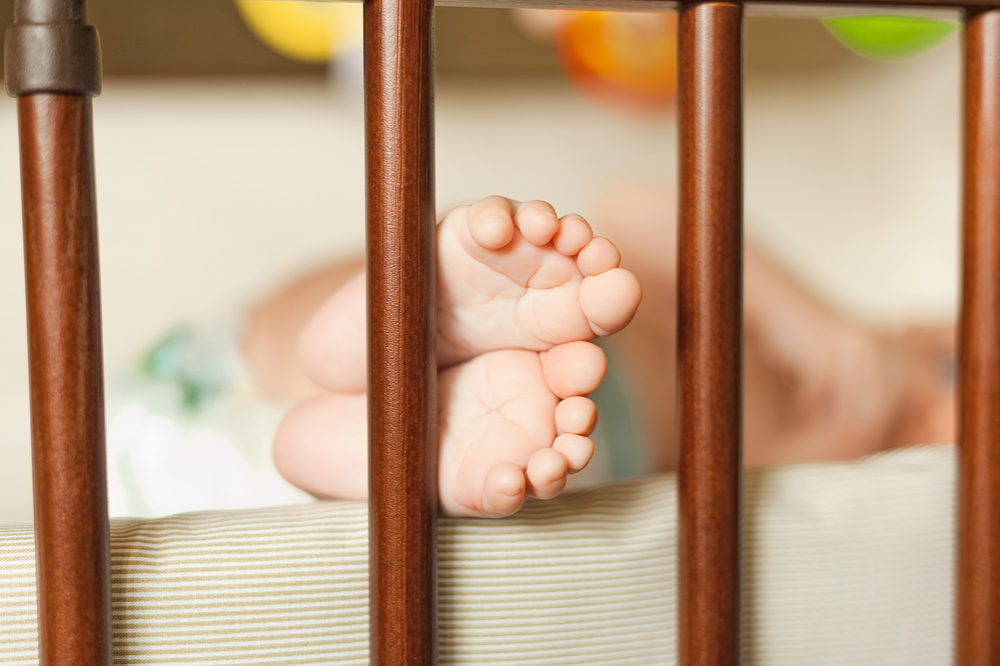Risks of Death Higher When Non-Parents Watch Infants: Study

New research suggests that infants face a higher risk of death if a friend, babysitter or family member other than a parent is caring for the baby.
In a study published this month in the The Journal of Pediatrics, researchers with the University of Virginia School of Medicine report that non-parents commonly place babies in unsafe sleep positions, unsafe sleep areas, and allow objects to remain near the infant that may create an unsafe sleep environment.
Researchers analyzed data on sleep-related infant deaths from 2004 to 2014 from the National Center for Fatality Review and Prevention Child Death Review Case Reporting System. The data found more than 10,000 infant deaths during that time period. Of those, 1,375 occurred when someone other than a parent was watching the baby.

Did You Know?
Millions of Philips CPAP Machines Recalled
Philips DreamStation, CPAP and BiPAP machines sold in recent years may pose a risk of cancer, lung damage and other injuries.
Learn MoreSudden Infant Death Syndrome (SIDS) is the leading cause of death among babies in the United States who are under one year of age. Deaths often occur when an infant is sleeping or in a sleep areas. It is often the result of suffocation or strangulation in bed, but may also have no conclusive cause of death.
For years, health specialists have warned that unsafe sleep practices place infants at higher risk of SIDS. Babies should be placed on their back to sleep without blankets, crib bumpers, toys, or other objects placed in the crib with the baby. They should also be placed in cribs or a bassinet, not in a bed or on a couch with an adult.
While SIDS rates have declined in recent years, unsafe infant sleeping practices continue to be quite common among many families.
The new data indicates that infants have higher odds of dying outside of the home if they were being watched by someone other than a parent. Babies also had higher odds of being placed in unsafe sleeping positions, like face down or on their side, instead of on their back, when they were being watched by someone other than a parent.
Researchers also found that relatives and friends put babies to sleep more frequently in an unsafe sleeping area, instead of a crib. They often put babies to sleep on a couch or have the infant share a bed with an adult.
Relatives, friends, and baby sitters also put an unsafe object in the baby’s sleep area more often than parents. Objects included crib bumpers, blankets, toys, and sleep positioners, the latter of which was the subject of an FDA warning last year. The agency called the product, which positions a baby to sleep on their side, a “never-use” device.
The data indicated of all groups who watched an infant, other than parents, licensed child care providers followed infant sleeping recommendations more often than family members, friends, or babysitters. They adhered to safe sleeping practices 73% of the time.
Conversely, friends who watched an infant put the baby to sleep in a crib or bassinet only 27% of the time. Family members also frequently followed unsafe sleeping practices. They put the baby to sleep in a crib only 29% of the time. However, babysitters adhered to cribs about 50% of the time.
Health experts recommend putting a baby to sleep on their back, not their side or stomach. However, only 54% of child care providers followed this practice.
Only 39% of friends, 38% of family members, and 38% of babysitters followed this practice as well.
Researchers warn that more education and advocacy is needed to help educate parents regarding safe sleeping practices. Pediatricians should urge parents to educate other family members, friends, and babysitters who will watch the infant on safe sleeping practices, they wrote.
Get more articles like this sent directly to your inbox.
"*" indicates required fields




0 Comments